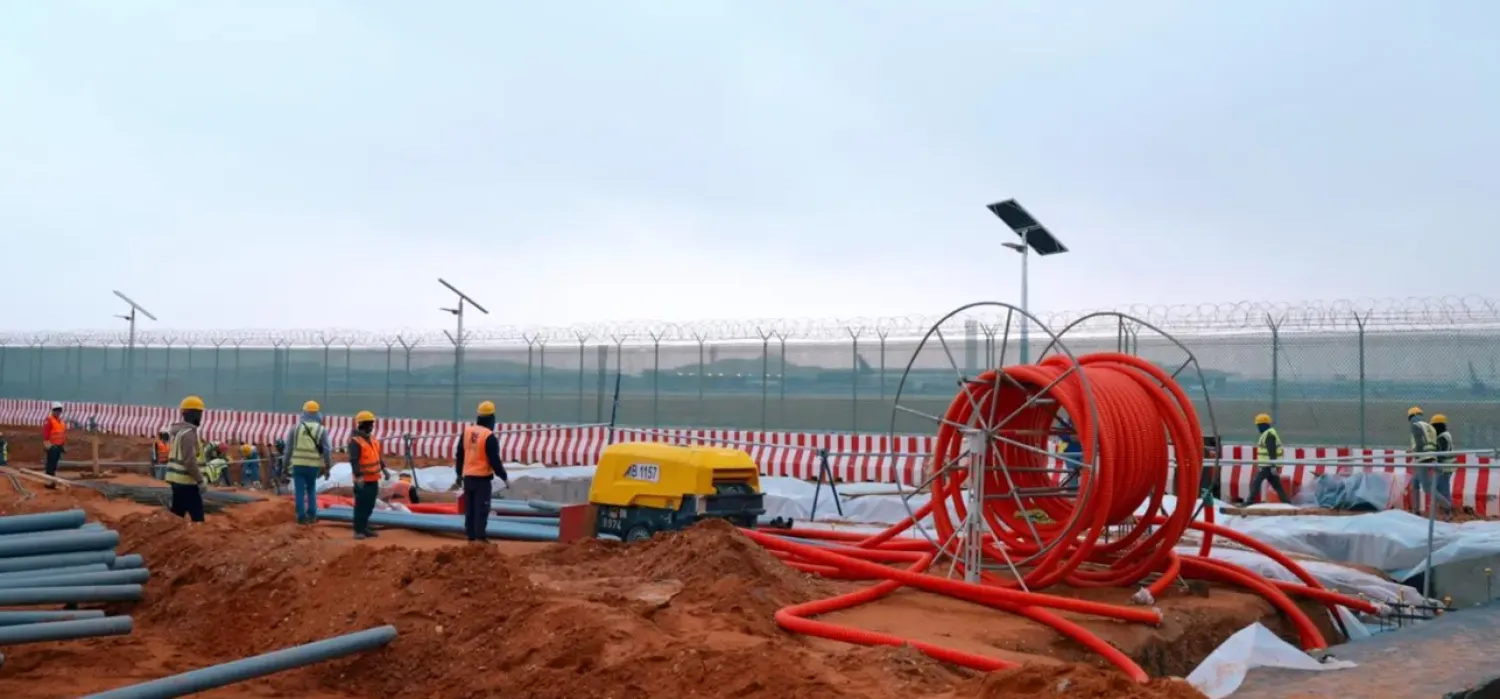The UAE asserted the need to move from gradual steps to substantial progress and a quantum leap through partnerships, political will, and unified climate action.
It affirmed its endeavors to apply positive approaches as the host country of the UN Climate Change Conference (COP 28) and activate the principle of partnership to ensure tangible results at the conference, which will be held in Dubai Expo City at the end of 2023.
The Minister of Industry and Advanced Technology, Sultan Al Jaber, stressed that the world is far from achieving the goal of avoiding a rise in the planet's temperature above 1.5 degrees Celsius.
Al Jaber, also Cop28 President-designate, said the "hard reality" was that global emissions must fall 43 percent by 2030, asserting the need to shift from incremental steps to transformational progress.
He stressed that ensuring easy access to capital at a reasonable cost is essential to achieving comprehensive climate progress, highlighting the urgent need to reform international financial institutions and multilateral banks.
Al Jaber identified the essential pillars for moving from setting goals to implementing them as allocating capital and ensuring easy access to capital at a reasonable cost.
"We need to double the annual funding allocated to protecting the communities most vulnerable to the repercussions of climate change, investing in nature-based solutions, preserving rainforests, and protecting biodiversity."
The minister reviewed the economic benefits of enhancing and accelerating climate action, explaining that clean investments already drive sustainable growth, stressing the need to increase investment in all areas of reducing emissions and view these investments as an opportunity, not a burden.
"Economists estimate that decarbonizing industry, the energy sector, power generation, transportation, and food systems could create an additional 12 trillion dollars in economic value by 2030."
The presidency of the Conference of the Parties (COP 28) considers addressing the challenge of climate change as the most significant opportunity for inclusive growth since the first industrial revolution.
Al Jaber said he aimed to lay out a road map that was inclusive, results-orientated, and "far from business as usual."
Nations at COP 28 are expected for the first time to conduct a "global stocktake" that examines whether pledges made under the 2015 Paris climate agreement go far enough to halt warming emissions.
The official reaffirmed that the presidency of COP 28 would listen to all parties and interact with them, noting that the UAE wanted the world to remember the conference for its success in uniting everyone behind achievement and work.
"There are moments in history when humanity comes together to fight a common threat. Let's prove to ourselves that we can do it once again. Let's put our differences aside. Fight climate change, not each other," he said.
The minister asserted that game-changing solutions could be achieved if the collective political will exists.
- Oil Market
UAE Minister of Energy Suhail Al Mazrouei said that the effort of the OPEC+ coalition, the pre-calculated decisions, and dealing with variables with high professionalism balanced and stabilized the global oil sector in 2022.
The oil sector would witness in 2023 many challenges in the long term, represented by the lack of sufficient investments, said Al Mazrouei.
He noted that the energy sector is unlikely to witness any challenges in the short run that may affect the global market.
The electricity market project aims to establish a national market for electricity trading, with the possibility of expanding abroad and enhancing opportunities for exporting electricity.
Mazrouei said that the ministry is working to develop the electricity market in a way that allows for gradual expansion to include more products and commodities and increase the participation rate in the market.
The electricity market, when completed, is expected to enhance the efficiency of the country's network and ensure energy security and sustainability.









